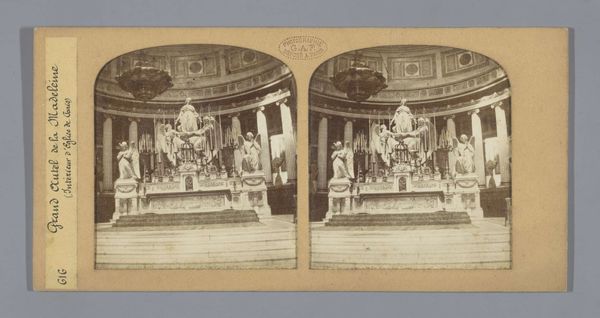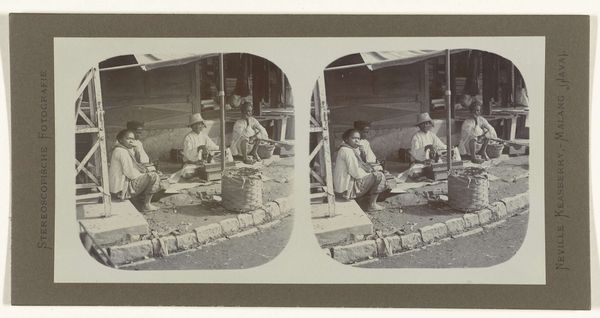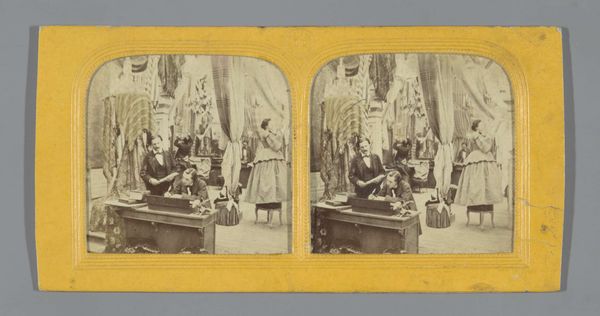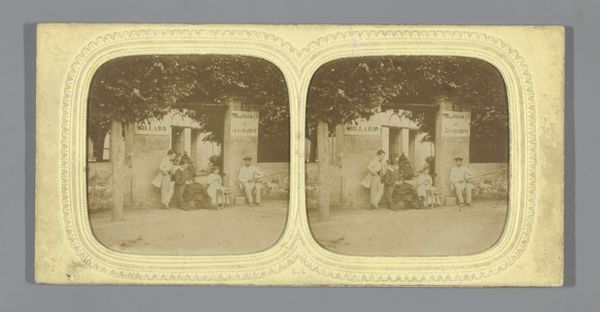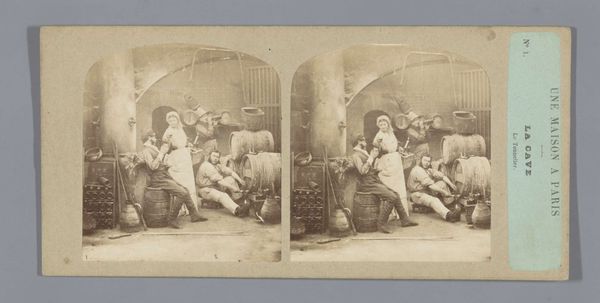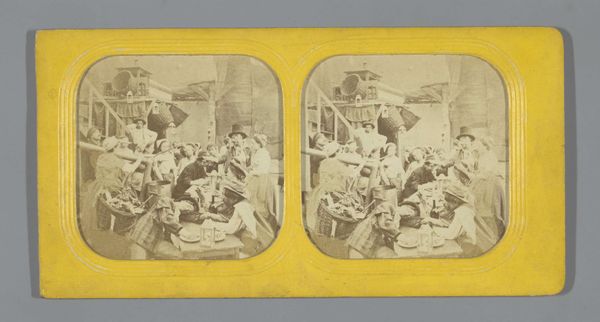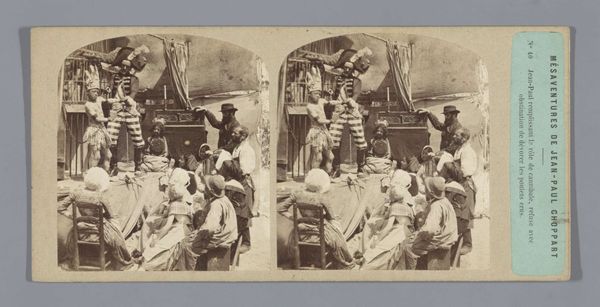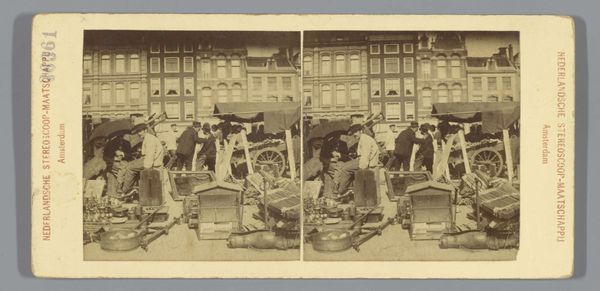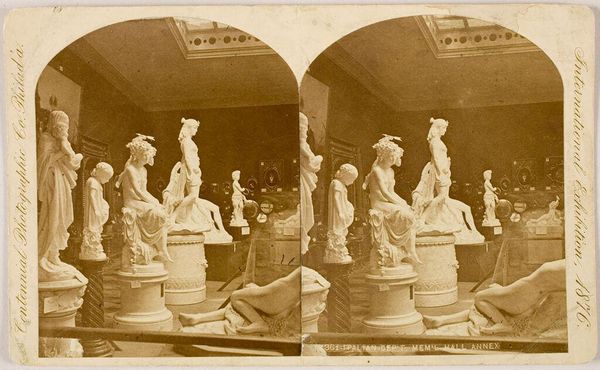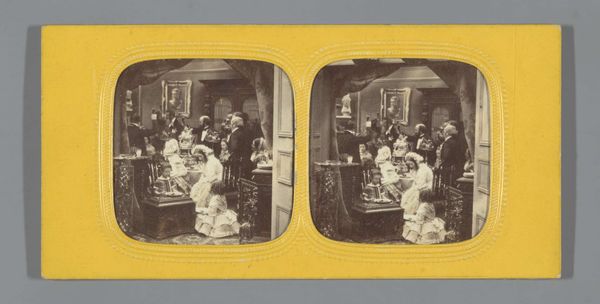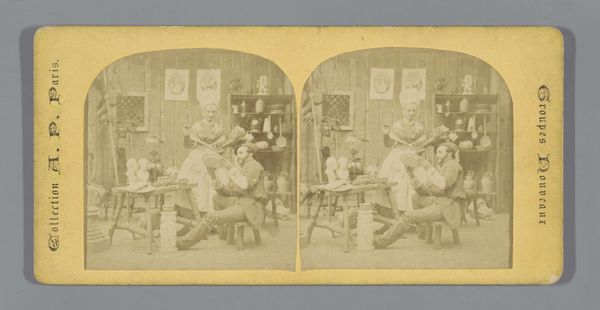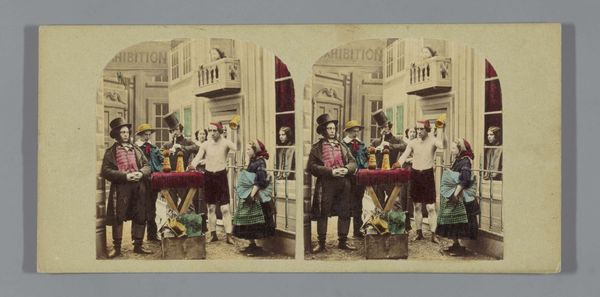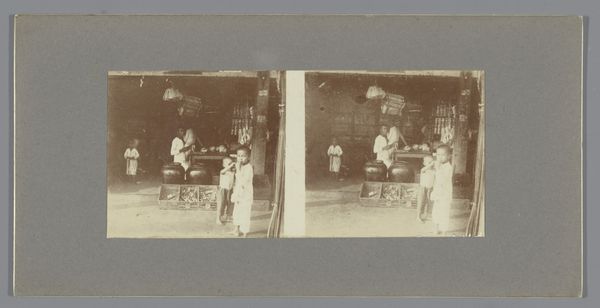
photography, sculpture
#
photography
#
coloured pencil
#
sculpture
#
academic-art
#
realism
Dimensions: height 87 mm, width 178 mm
Copyright: Rijks Museum: Open Domain
Editor: This photograph by Étienne Neurdein captures "Italian Art at the 1878 World's Fair". It feels a bit like stepping back in time, peering into a salon filled with classical sculptures. What stands out to you about this scene? Curator: The image gives us a window into the politics of art display at these 19th-century international expositions. It wasn’t just about celebrating art; it was about nations showcasing their cultural prowess and historical continuity. Notice how the sculptures are arranged - almost aggressively filling the space. Editor: Almost a visual argument? Curator: Precisely. Consider that these World's Fairs were sites of intense competition. Each country wanted to position itself as a leader in art and industry. Neurdein's photograph shows us Italy presenting itself as a heir to the classical tradition, reaffirming its place on the world stage after unification. It's also interesting to think about who this image was *for* – what audience was intended to consume this vision of Italian artistry? Editor: So, it’s not just documentation but also a carefully crafted message? I hadn't considered the political dimension so directly. Curator: Indeed. The very act of photographing this display, then distributing the photograph, contributed to the narrative Italy wanted to project. Were those sculptures considered groundbreaking at the time, or more reinforcing a particular artistic and cultural status quo? Editor: I’m now looking at the art and its place very differently. I wonder if this approach to cultural display continues today. Curator: It's certainly evolved. Examining images like these helps us understand the ongoing negotiation between art, national identity, and public perception.
Comments
No comments
Be the first to comment and join the conversation on the ultimate creative platform.
